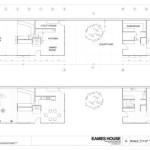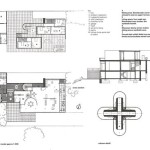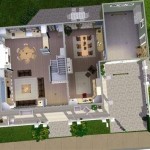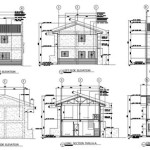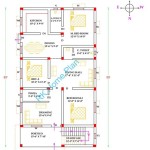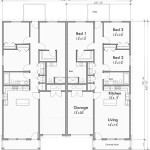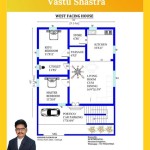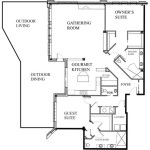Doll House Plan
A doll house is more than just a toy; it's a miniature world brimming with possibilities. Whether intended for play or display, careful planning is essential to creating a doll house that is both functional and aesthetically pleasing. A well-thought-out doll house plan provides a roadmap for construction, ensuring that the finished product meets the builder's expectations. This article will delve into the key aspects of doll house planning.
Scale and Size
The first consideration in any doll house plan is determining the scale. The scale represents the ratio between the doll house and a real house. Common scales include 1:12 (one inch equals one foot), 1:24, and 1:48. The chosen scale directly influences the size of the doll house and its furnishings. Larger scales offer greater detail and space for elaborate interiors, while smaller scales are more compact and manageable. The available space for the finished doll house also plays a vital role in determining the appropriate scale and overall dimensions.
Architectural Style
Doll houses can mimic a variety of architectural styles, from Victorian mansions to modern apartments. Selecting a style helps guide the design process and lends a cohesive aesthetic. Researching different architectural periods can provide inspiration and inform design choices, influencing elements like rooflines, windows, and decorative details. The chosen style also impacts the selection of furniture and accessories.
Material Selection
The materials used in constructing a doll house can range from simple plywood to high-quality hardwoods. The chosen materials impact the durability, cost, and appearance of the finished product. Plywood is a cost-effective option, while hardwoods offer a more refined finish. Other materials, such as MDF (medium-density fiberboard), can also be used. Consider the skill level and available tools when selecting materials.
Interior Layout
The interior layout of a doll house is crucial for creating a realistic and engaging miniature world. Consider the number and arrangement of rooms. Traditional layouts often include a living room, dining room, kitchen, bedrooms, and bathrooms. The size and function of each room should be proportional to the overall scale of the doll house. Think about how the rooms will flow and connect to create a cohesive living space.
Exterior Design
The exterior design of a doll house is the first thing people see. It establishes the architectural style and creates curb appeal. Elements such as rooflines, windows, doors, and chimneys contribute to the overall aesthetic. Adding details like porches, balconies, and landscaping enhances the realism and visual interest of the doll house.
Electrical Wiring
Adding electrical wiring to a doll house allows for working lights, adding a touch of magic and realism. Plan the wiring layout early in the design process. Determine the location of light fixtures, switches, and power sources. Use low-voltage wiring and miniature light fixtures designed specifically for doll houses. Ensure all wiring is safely installed and concealed to prevent hazards.
Decor and Furnishings
Selecting the right furniture and accessories is the final step in bringing a doll house to life. Choose furniture and décor that complements the chosen architectural style and scale. Miniature furniture can be purchased pre-made or crafted by hand. Consider the color schemes, patterns, and textures to create a cohesive interior design. Adding personal touches, like miniature books, artwork, and plants, enhances the realism and personality of the doll house.
Budgeting and Timeline
Building a doll house can be a significant undertaking, both in terms of time and cost. Establishing a realistic budget and timeline helps keep the project on track. Factor in the cost of materials, tools, and any pre-made components. Allocate sufficient time for each stage of the construction process, from planning and design to building and decorating. Be prepared for unexpected delays and adjust the timeline accordingly.
Building Techniques
A variety of building techniques can be employed in doll house construction. Basic carpentry skills are essential for cutting, assembling, and finishing the doll house structure. Techniques like mitering corners and using wood glue ensure a strong and aesthetically pleasing result. More advanced techniques, such as creating intricate details and custom moldings, can add a higher level of realism. Research different building techniques and choose methods appropriate for the skill level and complexity of the design.
Adaptability and Modification
A good doll house plan should allow for adaptability and modification as the project progresses. Be prepared to make adjustments to the design or construction based on unforeseen challenges or changes in creative vision. A flexible approach ensures that the finished doll house meets the builder's evolving needs and preferences. Consider using modular construction techniques that allow for easier modifications and additions in the future.

9 Free Dollhouse Plans Little Of Miniatures

Dolls House Plans Build Your Own 1 24 Georgian Double Fronted

Handmade Dollhouse Plans Houseful Of

Wooden Doll House Plans How To Make A What Is Encyclopedia Best For Boys

Woodworking Wood Dollhouse Plans Home Blueprints 68815 Doll House Flooring

Doll House Plans For American Girl Or 18 Inch Dolls 4 Room Not Actual

Dolls House Plans Woodworking Project Play Scale And Miniatures

Open Frame Dollhouse For 12 Dolls Ana White
:max_bytes(150000):strip_icc()/littleredwindow-6ea7e46e62a24866aca425614eacf2f4.jpg?strip=all)
12 Free Dollhouse Plans That You Can Diy Today

Handmade Dollhouse Plans Houseful Of

